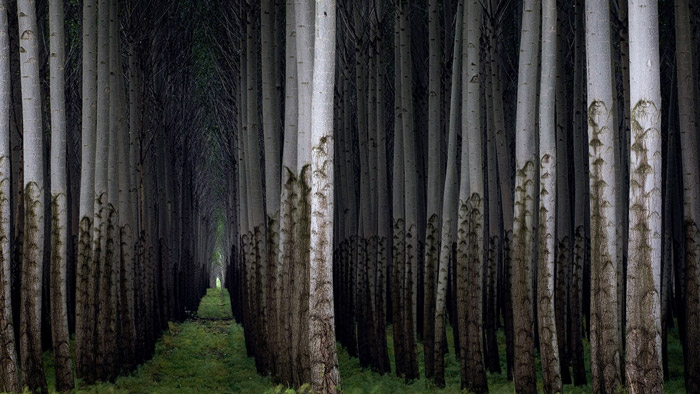On April 22 2016, nations from across the globe signed the Paris Agreement, an international climate accord with the aim of managing countries’ greenhouse gas emissions and reducing average global temperatures increases to 2℃ above pre-industrial levels. Since 2015, it has become increasingly apparent that further reducing emissions will not be enough to achieve the goals that were set in Paris. Instead, many scientists are turning to negative emission technologies like bioenergy with carbon capture and storage (BECCS), which combines multiple existing technologies to extract previously emitted CO2.
BECCS operates by cultivating fast-growing grasses and trees grown on large-scale bioenergy plantations that are burned to generate energy. But, instead of emitting carbon into the atmosphere after a burn, the carbon produced from biotic material is pumped and stored underground. Uniquely, BECCS releases zero greenhouse gases, as the grasses and trees absorb atmospheric carbon through carbon sequestration. This technology returns atmospheric carbon to the geological reserves where it originated, eliminating emissions while generating energy.
To economic opportunists, BECCS is a promising solution for combating climate change because it doesn’t require widespread lifestyle changes. But, like many new technologies, BECCS is not without its flaws.
Fossils fuels are much more energetically dense than biotic material—a large mass must therefore be cultivated to generate a significant amount of energy. Joann Whalen, a professor in the Department of Natural Resource Sciences described the energy-density barrier of BECCs technology.
“The energy gain from a bioenergy plantation is highly dependent on the amount of energy required to move the plant biomass from its area of origin (e.g., a field) to the conversion facility,” Whalen wrote in an email to The McGill Tribune. “[Biomass is] not a dense fuel source compared to fossil fuels.”
The technical feasibility of BECCS is further complicated because storing carbon in geological reserves is an energy-intensive process which requires expensive technologies. Grant Clark, an professor in the Department of Bioresource Engineering, believes that BECCS will probably be used in tandem with other energy technologies in the future.
“[BECCS] could be one aspect of the energy jigsaw puzzle,” Clark wrote in an email to the Tribune. “If it becomes popular, it will probably be an interim solution that will be phased out of the energy portfolio as other, more robust and efficient technologies become less expensive”.
Unless bioenergy plantations are strictly confined to marginal lands, increasing the area of land that is used for bioenergy plantations reduces the land available for agriculture and livestock. Don Smith, a professor in the Department of Plant Science, and expert researcher in root-colonizing bacteria, has developed a small protein that could make food stocks on marginal lands more resilient.
“[This protein] regulates aspects of the plant’s genome […with the] capacity to help plants grow under more challenging environmental conditions, [like those affected by] climate change,” Smith wrote in an email to the Tribune. “[…This compound] could build more climate change resilient agriculture, which in turn makes BECCS a more realistic prospect as agriculture on marginal lands becomes more reliable.”
Looking to the future, Whalen doesn’t see BECCS as the end-all, be-all solution to climate change mitigation, but rather, as a component of a larger comprehensive plan.
“We cannot stop the rising carbon dioxide levels with bioenergy plantations alone, but they’re a part of the solution, along with other renewable energy solutions that are practical at this time—geothermal, wind, solar and hydro power—and those that may come to be practical in the future, [such as algae],” Whalen wrote.
For the time being, BECCS is a preliminary technology that is a step in the right direction toward weaning humans off of their dependence on fossil fuels.








